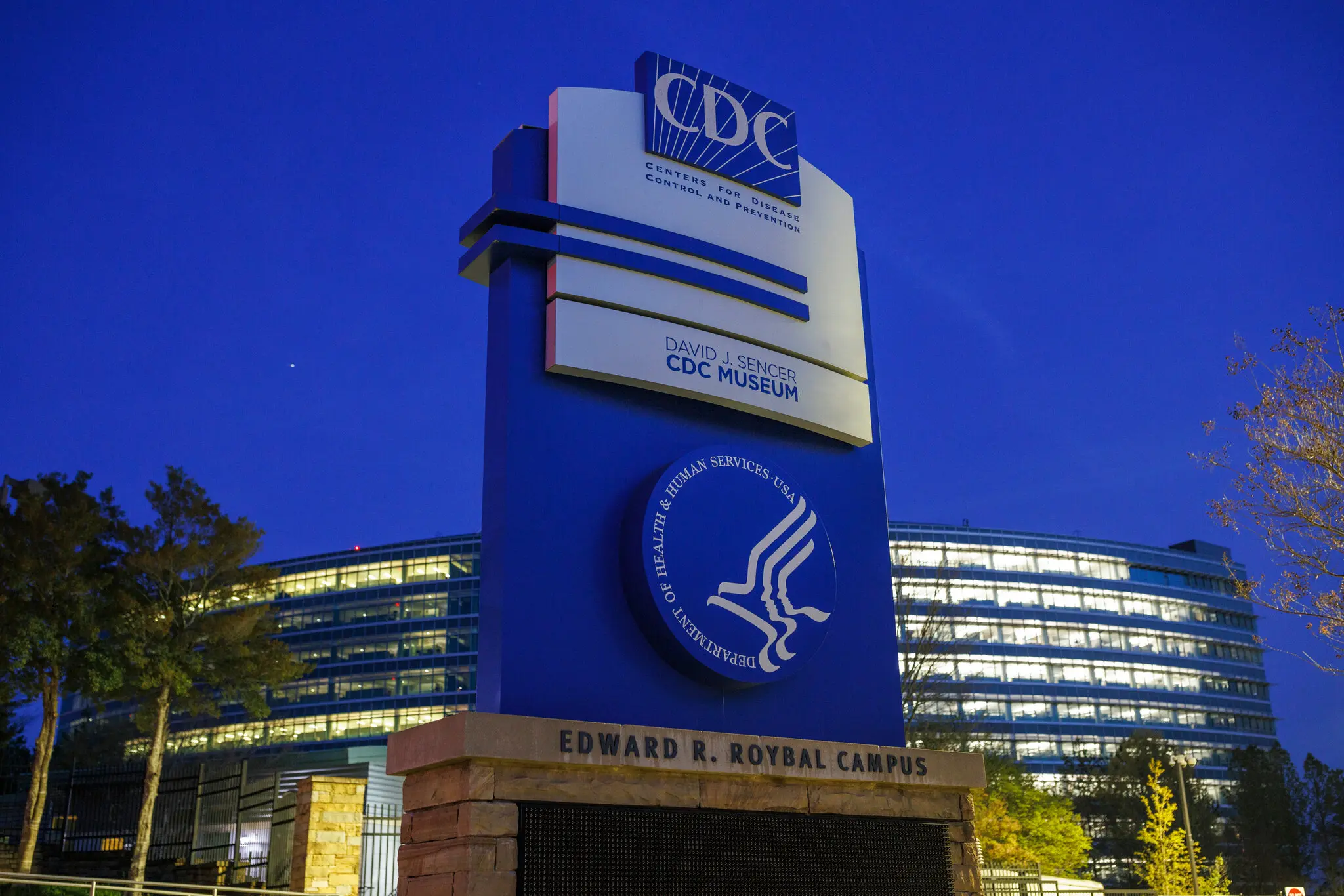Rubio’s Push to Soften a Pro-Russia Peace Proposal Into a Balanced Deal
25.11.2025
Rubio Scrambles to Rewrite Trump’s Ukraine Peace Plan
A Hard Deadline That Quietly Disappeared
While President Trump was publicly criticizing Ukraine, Secretary of State Marco Rubio was flying to Geneva, trying to salvage peace talks that were veering off track.
Just a week earlier, Mr. Trump had set a firm Thanksgiving deadline for President Volodymyr Zelensky of Ukraine to accept a 28-point draft peace plan with Russia. If he refused, Trump warned, the Ukrainian leader would be left “to fight his little heart out.”
By Monday, that deadline had effectively vanished. The 28-point proposal, widely denounced as being heavily tilted toward President Vladimir V. Putin of Russia, had been pared down to roughly 20 points. Some of the most controversial elements — limits on the size of Ukraine’s military, and a proposed ban on stationing NATO forces in the country — were pushed into a later phase of talks. So was the combustible question of where any new borders between Russia and Ukraine might be drawn.
The price of those revisions, made over roughly 11 hours of meetings in Geneva led by Mr. Rubio, is already apparent to some inside the Trump administration: They expect Mr. Putin to reject the new draft outright, setting the stage for a long, grinding negotiation — exactly what Mr. Trump had hoped to avoid. As Rubio put it before leaving Geneva, “Well, obviously the Russians get a vote here, right?”
Whether this latest version moves anything forward now hinges on how Moscow responds.
Competing Visions of What the Talks Are About
Throughout the weekend, it was clear that each side sees the negotiations through a very different lens.
For parts of the Trump team, the process is about listing the demands of both sides and hammering out tough compromises somewhere in the middle. For Mr. Putin, it is about reclaiming territory he says has been central to Russia’s identity — culturally, politically and militarily — for more than a thousand years.
For Ukraine and its European partners, the talks are about sending a message that land seizures by force will not be rewarded, and about discouraging Russia from attempting another invasion in the future.
This reconstruction of how the U.S. peace bid triggered uproar in Washington and across Europe draws on interviews with about a half-dozen officials, most of whom requested anonymity to describe private conversations. By their accounts, the rollout of the plan was mishandled at nearly every step.

A Clumsy Rollout and an Angry Alliance
The White House was caught off guard when details of the 28-point framework leaked, first reported by Axios. Mr. Rubio tried to frame the document on Wednesday as merely “a list of potential ideas,” while Mr. Trump, Vice President J.D. Vance and White House press secretary Karoline Leavitt publicly embraced it as a serious peace initiative.
The leak enraged European partners who once again felt sidelined, even though they are financing much of Ukraine’s arms and crafting long-term security guarantees for Kyiv. Ukrainian officials, who had been courting Mr. Trump to stabilize ties with Washington and restore a pipeline of American-made, European-funded weapons, were also furious. Mr. Zelensky warned that his country might be forced to choose between its “dignity” and its most powerful ally.
On Sunday, as Mr. Rubio worked behind closed doors to revise the plan, Mr. Trump lashed out at Ukraine on social media, further undercutting the diplomatic effort.
After a weekend of frantic interventions, a revised framework began to take shape, though the chances of success still appear slim. On Monday, Ms. Leavitt insisted that in light of Rubio’s negotiations in Geneva, “we feel as if we’re in a very good place.” Yet she conceded that Mr. Putin and his representatives would ultimately have to sign off — and she did not attempt to guess whether they would.
Mr. Zelensky, for his part, said on social media that many of the “right elements” were now included in the framework and that he would discuss “the sensitive issues” directly with Mr. Trump.
Trump’s Push to End a Long War
Administration officials say the latest push for a deal grew out of Mr. Trump’s increasing frustration with the nearly four-year-old war.
Soon after a September cease-fire in Gaza, Mr. Trump convened a meeting with Mr. Rubio, Mr. Vance, special envoy Steve Witkoff and Jared Kushner, the president’s son-in-law, who has no formal government role but continues to be involved in complex negotiations.
Mr. Trump urged them to follow the Middle East breakthrough with a diplomatic push to end the conflict between Russia and Ukraine. That directive led to secret discussions in Miami with Kirill Dmitriev, Mr. Putin’s Harvard-educated economic envoy and head of Russia’s sovereign wealth fund. Those talks were followed by a quiet visit from Rustem Umerov, Mr. Zelensky’s national security adviser.
People familiar with the contacts say Mr. Trump’s aides concluded that Ukraine’s unfolding corruption scandal and Russia’s incremental gains on the battlefield had increased the pressure on Kyiv to consider a deal. In practice, however, the document that emerged contained far more input from the Russian side than from the Ukrainians.
“We began almost three weeks ago with a foundational document that we socialized and ran by both sides, and with input from both sides,” Mr. Rubio told reporters in Geneva.
Then came the leak.
European Fury and Congressional Backlash
The details caused outrage in Europe, where leaders had been kept in the dark even though they are deeply invested in Ukraine’s defense and future security architecture. German Chancellor Friedrich Merz had a tense phone conversation with Mr. Trump on Friday night, stressing that the proposal lacked any credible deterrent against future Russian aggression.
“If Ukraine loses this war and possibly collapses, it will have an impact on European politics as a whole, on the entire European continent,” Mr. Merz warned after the Group of 20 summit in Johannesburg, which Mr. Trump and other senior American officials skipped.
Republican leaders in Washington were similarly scathing about the leaked plan. Senator Mitch McConnell of Kentucky, the former majority leader, issued a statement asserting that “Putin has spent the entire year trying to play President Trump for a fool.”
In Kyiv, U.S. Army Secretary Daniel P. Driscoll — a friend of Mr. Vance’s — presented the proposal to skeptical Ukrainian officials. Mr. Vance, who had admonished Mr. Zelensky in the Oval Office back in February and has argued for pulling U.S. aid from Ukraine, followed up with a phone call to the Ukrainian president on Friday to discuss the plan.

Rubio’s Damage Control Mission
By Saturday, Mr. Rubio had shifted fully into damage-control mode. He flew to Geneva to meet directly with Ukrainian and European representatives. Mr. Witkoff, Mr. Kushner and Mr. Driscoll traveled there as well.
While Mr. Trump had been treating the document as nearly final, Mr. Rubio began describing it as an opening offer. From his flight to Switzerland, he phoned Senator Mike Rounds, Republican of South Dakota, and Senator Jeanne Shaheen, Democrat of New Hampshire, who were leading a bipartisan delegation to a security conference in Halifax, Nova Scotia. He walked them through the origins of the 28-point proposal.
The senators then briefed reporters, saying Mr. Rubio had portrayed the document as largely reflecting Russian positions rather than American ones. Mr. Rounds summarized Rubio’s message as: “It is not our recommendation. It is not our peace plan.”
According to Mr. Rounds, Rubio had indicated that the document simply captured one side’s demands, awaiting a response from the other. When those comments were published, it appeared to confirm that Moscow had heavily shaped the draft.
Suddenly, Mr. Rubio was insisting he had been misunderstood and calling lawmakers to deny that he had labeled the document essentially Russian-written. Soon afterward, though, he acknowledged that the drafting process had indeed begun with a careful cataloging of Russian demands.
“We began from the early stage of this process with our understanding of the Russian position as had been communicated to us in numerous ways,” he said in Geneva on Sunday. That included verbal messages and informal written “nonpapers” sent to the State Department. He insisted the Ukrainians were consulted in a similar way, though precisely when that happened remains unclear.
Key Concessions Removed — For Now
By Sunday night, Mr. Rubio appeared to have reasserted control over the negotiations.
He temporarily removed provisions that would permanently ban Ukraine from joining NATO and that would prevent NATO countries from creating a security force inside Ukraine designed to deter future Russian invasions. A White House official also said that an earlier requirement for Ukraine to formally cede territory to Russia had been revised.
Yet those are precisely the points that Mr. Putin reportedly cares about most, which is why U.S. officials expect the Kremlin’s reaction to be cold at best.
Russia specialists see few signs that Mr. Putin is ready to end the full-scale invasion he launched in February 2022 or that he is prepared to adhere to a lasting cease-fire. He has rejected every immediate cease-fire proposal Mr. Trump has floated this year.
In the meantime, the war continues. Early Tuesday, loud explosions echoed across Kyiv as local authorities said air defenses were responding to a large-scale Russian attack on the Ukrainian capital.
Whether the reworked U.S. proposal becomes the start of a serious peace process or just another failed diplomatic experiment may depend on how Mr. Putin chooses to “cast his vote” — and how much pressure Ukraine and its allies are willing to endure while the fighting grinds on.







Leave a Comments